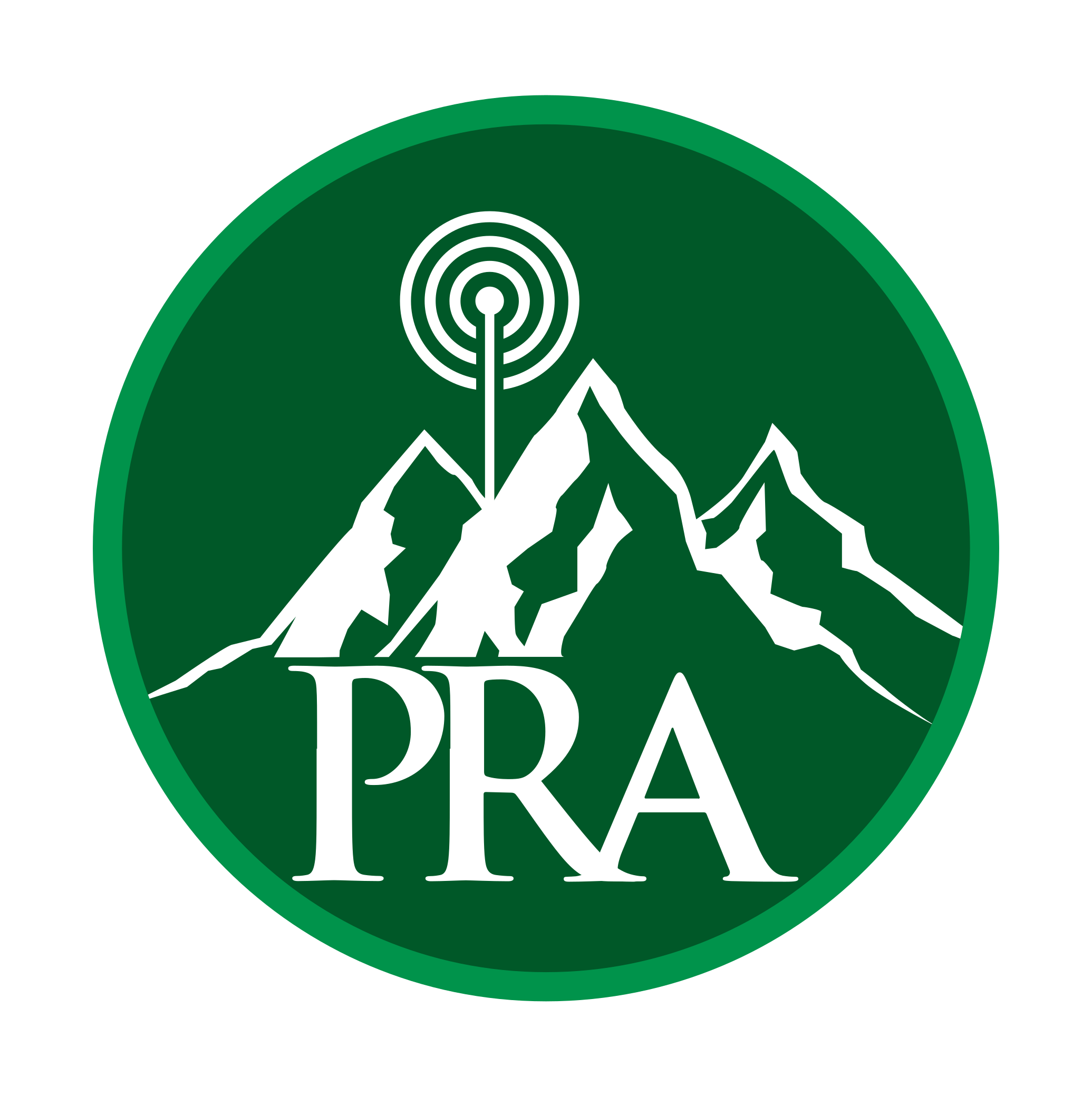Hopefully this is allowed here, I've worked hard on this and I think you all will find it interesting.
I work in GIS and am a graduate student in Epidemiology so I've learned a lot of statistics. I've been wanting to do a project on ham radio operators for years but until now I couldn't "geocode" addresses to lat/lon coordinates. I finally got that finished this week and create a dashboard showing rates of ham radio ops in continental US counties. I also did cluster analyses to determine where high rates of hams are clustered up unexpectedly.
Please be sure to check out the different layers by clocking on the third button on the top right. Try clicking on counties and see the graphs and numbers in the bottom change to reflect the values for that county. I'm proud of this.
I also did a regression analysis against demographic variables to see what correlates with counts of hams in counties.
Turns out, counties with high rates of people with at least a Bachelor's degree have more hams. Also, not surprisingly, higher median age per county is associated with more hams. The spatial lag variable was significantly positively correlated with the count of hams, meaning that hams tend to like to cluster together. Population was, not surpringly, positively correlated with more hams. But this was added to the model to account for it so that the other variables would make more sense.
A higher median household income was associated with fewer hams, as were the religious variables, which surprised me. Higher housing density means fewer hams. The percentage of population who are black was not a significant predictor. However, counties with a high percentage of white people have fewer hams.

I have an explanation of all this here if you want more details.
73 from Ross, KD5LPB
Ross - Wow!! What an excellent study and amazing dashboard. It's obvious you put a lot of time and effort into this. For Douglas County, in particular, we have a high number of Technicians at 57%, which is great! That presents an opportunity for us to embrace and encourage Technicians to get plugged into amateur radio much further.
Again, Ross, great job!!
That's cool. The clustering effect is interesting. Have you done any analysis on political affiliation? I'm curious, because the density around central Idaho might correlate with the prepper demographic - you've probably heard about the American Redoubt Radio Operators Network and the the American Redoubt. But that's kind of negated, maybe, by the clusters elsewhere, at least as a prime driver of density. Just looking at Eastern vs. Western WA would yield significantly different demographics, I think.
Are some of those cluster densities simply the result of the total population being so small, that a few hams make for a large percentage? Polk County TX, for example. Esmerelda County NV is interesting because it doesn't include the population center of Tonopah, but still has a high density.

